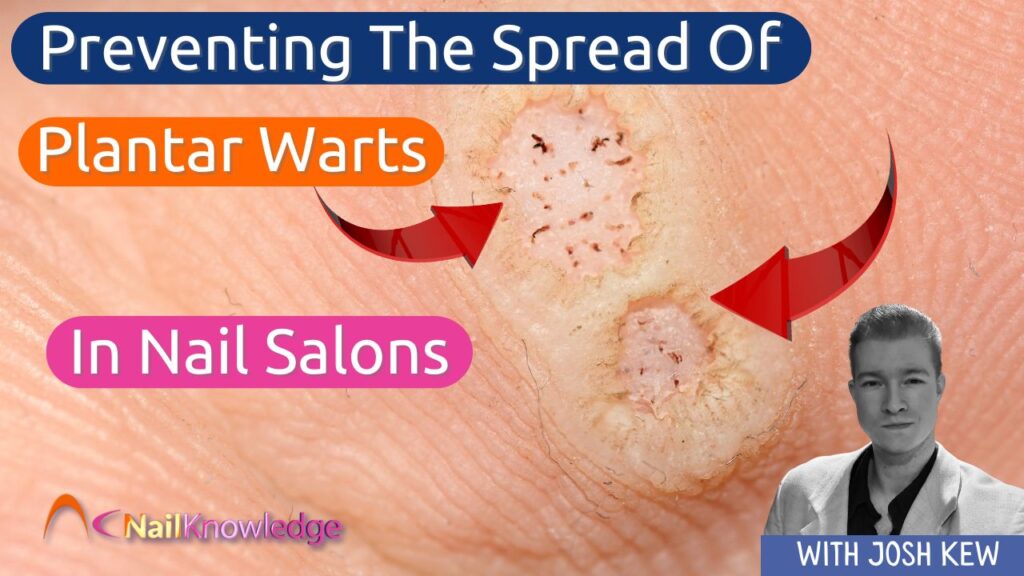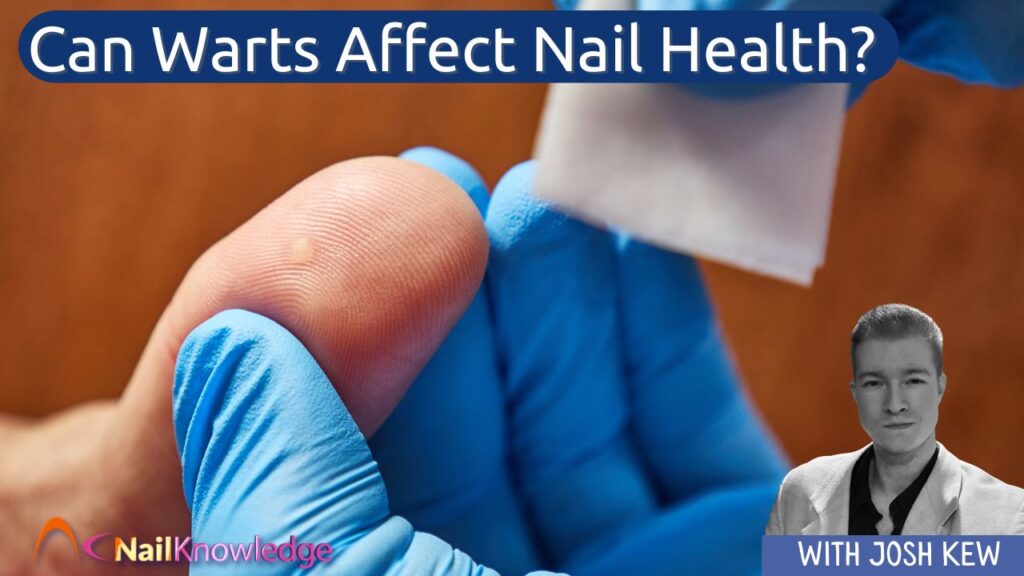Warts, caused by the human papillomavirus (HPV), are common skin growths that can appear anywhere on the body, including areas around and under the nails. When warts develop in these regions, they are referred to as periungual (around the nail) and subungual (under the nail) warts. Warts can affect nail health by causing nail deformities, and discomfort, and increasing the risk of infection, making proper care and early treatment essential. These specific types can significantly impact the overall appearance of your hands and feet.
Understanding Periungual and Subungual Warts
Periungual warts manifest as thickened, rough, cauliflower-like growths around the fingernails or toenails. They often begin as small, shiny bumps and can progress to larger lesions that disrupt the normal structure of the nail and cuticle. Subungual warts, on the other hand, develop beneath the nail plate, leading to nail deformities, discoloration, and even detachment of the nail from the nail bed. Both types are particularly troublesome due to their location, making treatment more challenging and increasing the risk of complications.
Impact on Nail Health
The presence of periungual and subungual warts can adversely affect nail health in several ways:
- Nail Deformities: As these warts grow, they can exert pressure on the nail matrix (the tissue under the base of the nail responsible for nail growth), leading to distorted or thickened nails. In severe cases, the nail may lift or detach from the nail bed.
- Pain and Discomfort: Warts in these areas can be painful, especially when pressure is applied, such as during nail care routines or while wearing shoes.
- Increased Risk of Infection: Damage to the nail and surrounding skin can create entry points for bacteria and fungi, potentially leading to additional infections like paronychia (infection of the nail folds).
Implications for Nail Care
For individuals with periungual or subungual warts, standard nail care practices may require modification:
- Cautious Grooming: Trimming nails should be done carefully to avoid aggravating the warts or causing further injury. Using sterilised tools is essential to prevent the spread of HPV to other areas or individuals.
- Avoiding Nail Biting and Picking: These habits can worsen the condition and facilitate the spread of the virus. HPV can also spread to the face so keeping the wart away from the face and mouth area is essential.
- Professional Consultation: Seeking advice from healthcare providers such as podiatrists is recommended to determine appropriate treatment options and to receive guidance on safe nail care practices during treatment.
Treatment Options
Treating periungual and subungual warts can be challenging due to their location. Options include:
- Topical Treatments: Salicylic acid preparations may be used, but their effectiveness can be limited for warts under or around nails.
- Cryotherapy: This involves freezing the wart with liquid nitrogen, which may require multiple sessions.
- Laser Therapy: Utilizing laser technology to destroy wart tissue, often considered when other treatments fail.
- Surgical Removal: In some cases, minor surgical procedures may be necessary to remove persistent warts.
It’s important to note that all treatments carry potential risks, such as scarring or nail deformities, and warts may recur even after successful treatment.
Preventive Measures
Preventing the occurrence or recurrence of periungual and subungual warts involves:
- Good Hygiene Practices: Regular handwashing and keeping nails clean and dry can reduce the risk of HPV infection.
- Avoiding Direct Contact: Refrain from touching warts on yourself or others to prevent the spread of the virus.
- Protective Measures: Wearing gloves when handling communal items or when using public facilities can minimize exposure to HPV. Wiping down gym equipment and shopping trolleys before use with an antiviral spray can also reduce spread.
Managing Warts in Nail Salons
Nail technicians play a crucial role in identifying and managing nail-related conditions, including periungual and subungual warts. While they cannot diagnose or treat medical conditions, they can take important precautions to protect their clients and educate them on proper care.
- Sanitation and Sterilization: Nail salons should ensure that all tools are properly disinfected between clients to prevent the spread of HPV and other infections.
- Client Education: If a technician notices a wart near the nail, they should inform the client and advise them to seek professional medical advice rather than attempting to treat it themselves.
- Avoiding Services on Affected Areas: Performing nail services on areas with active warts can spread the infection. It is important to refrain from filing, trimming, or applying nail products to the affected nails until a podiatrist or dermatologist has provided treatment.
- Referral to a Podiatrist: Since podiatrists specialize in conditions affecting the feet and nails, referring clients with suspicious lesions to a qualified podiatrist ensures they receive the appropriate medical care. Early intervention can prevent complications and preserve nail health.

Wart Impact on Nail Health and Care
Periungual and subungual warts can significantly impact nail health and complicate nail care routines. Early recognition and appropriate treatment are crucial to managing these warts effectively and maintaining healthy nails. Nail salons can play a key role in prevention by following strict hygiene protocols, educating clients, and referring them to podiatrists for expert care. If you suspect you have a wart near your nails, consult a medical professional for the best course of treatment.


